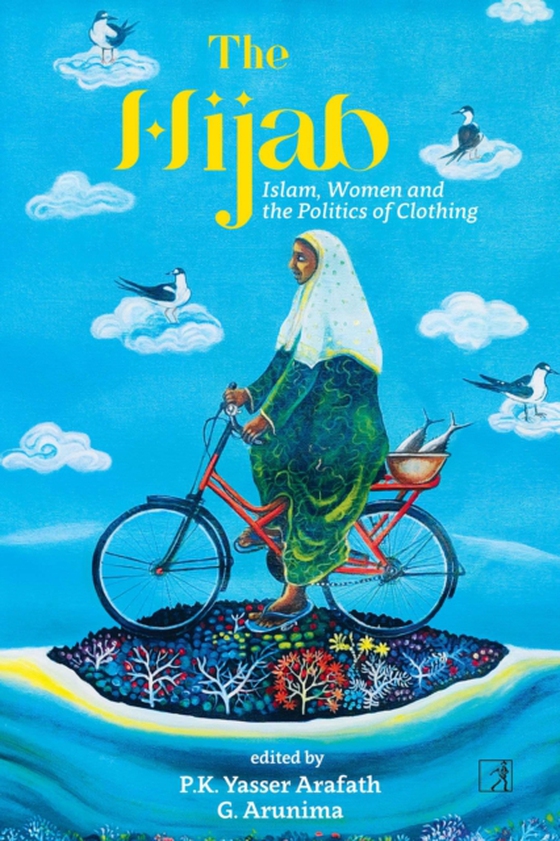
Hijab e-bog
87,51 DKK
(inkl. moms 109,38 DKK)
Historically, in India, we have instances of both unveiling and veiling that have been initiated by Indian Muslim women. The early 20th century saw many Muslim women joining the national movement, giving up veiling, feeling this was the only way for them to change their own, and the countrys, future. Almost a hundred years later, the hijab continues to be a bone of contention in India, though i...
E-bog
87,51 DKK
Forlag
S&S India
Udgivet
6 december 2022
Længde
272 sider
Genrer
HRHP
Sprog
English
Format
epub
Beskyttelse
LCP
ISBN
9789392099328
Historically, in India, we have instances of both unveiling and veiling that have been initiated by Indian Muslim women. The early 20th century saw many Muslim women joining the national movement, giving up veiling, feeling this was the only way for them to change their own, and the countrys, future. Almost a hundred years later, the hijab continues to be a bone of contention in India, though in very different ways. On one hand, the rape threats that hijabi/non-hijabi women frequently encounter in the cyber world reflect the extreme desperation of the aggravated Hindutva millennials who are made to believe that unveiling Muslim women is their right while a large segment of Indian Muslim women are increasingly convinced that wearing the hijab is their constitutional prerogative. This collection of essays, primarily from India but also with a couple from Bangladesh and Iran, complicates the relationship between Muslim women and the hijab. Moving away from predictable interpretations that see the hijab merely as an instrument of Muslim women's oppression, the essays here, from a variety of perspectives including historical, ethnographic, and political, demonstrate that not only have Muslim women covered/ or uncovered their heads for different reasons, but the head cloth itself has had different forms depending on the region or period of history. The essays track the reasons why clothing, especially women's attire, is very often a site of contestation and provide ways to hear and understand the ways in which Muslim girls or women make their own sartorial choices. They also offer ways of interpreting the stakes in banning the hijab in different parts of the world, and the implications of the ban on Muslim women, the wider community and the very idea of citizenship itself.
 Dansk
Dansk

